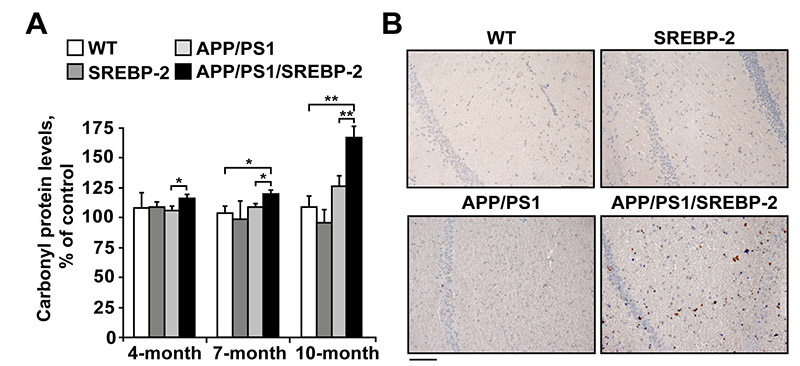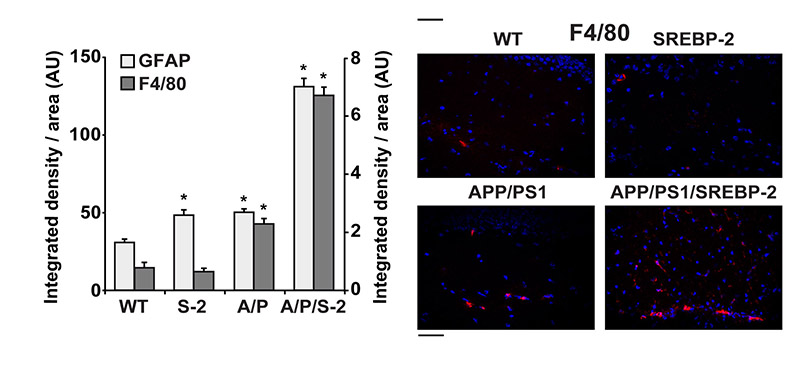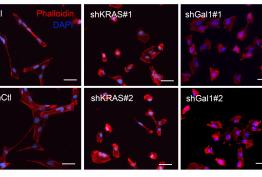The study recently published in Human Molecular Genetics: “APP/PS1 MICE OVEREXPRESSING SREBP-2 EXHIBIT COMBINED Aß61538; ACCUMULATION AND TAU PATHOLOGY UNDERLYING ALZHEIMER’S DISEASE” with Elizabet Barbero as first author and lead by Dr. J.C. Dr. Fernandez-Checa and Dr. A. Colell, highlights the role of cholesterol in Alzheimer's Disease development. Using a new mouse model of Alzheimer's disease generated in the laboratory , which overexpressed SREBP-2 and displayed high levels of cholesterol in the brain, we found that the rise in brain cholesterol accelerates and worsens different pathological features of the disease, including increased beta-amyloid depositions, oxidative damage, neuroinflammation and neurodegeneration, associated with cognitive deficits. Of nsignificance is the presence of neurofibrillary tangles of hyperphosphorylated tau protein, a typical manifestation of the disease that has only been reported in mice with mutated tau. Moreover, in parallel with total cholesterol increase we observed an enrichment of the sterol in the mitochondrial fraction associated with a selective depletion of mitochondrial antioxidant glutathione (GSH). The recovery of this mitochondrial peptide, by in vivo administration of GSH ethyl ester significantly reduced tau aggregates and beta-amyloid accumulation and attenuated the synaptic degeneration. These results demonstrate the importance of preserving mitochondrial antioxidant defense as a therapeutic strategy in Alzheimer's disease.
For more information:
http://hmg.oxfordjournals.org/cgi/content/abstract/ddt201?ijkey=xCPyiWwbgdqBFEo&keytype=ref









